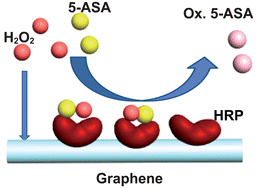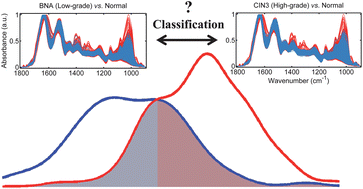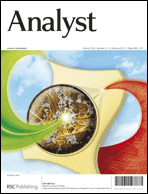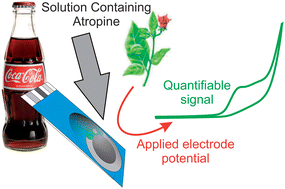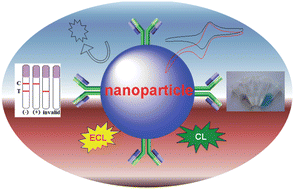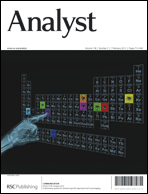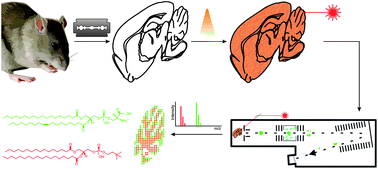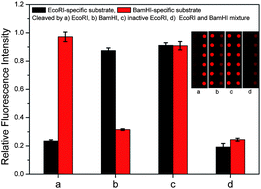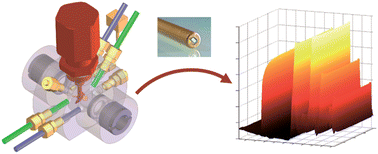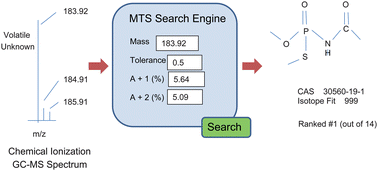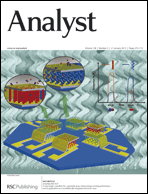Methicillin resistant Staphylococcus aureus (MRSA), the so called “superbug”, can now be identified in a single disposable fluidic cartridge, say scientists at the Louisiana State University.

Microfluidic system for MRSA detection: air-embedded waveguide, coupling prism and DNA universal array
MRSA is one of the major causes of hospital-acquired infections and is considered a “superbug” because of its resistance to several antibiotics.
In this article, Stephen Soper and his team introduce an integrated modular-based microfluidic system for MRSA identification. This would enable differentiation of community-acquired MRSA from hospital-acquired MRSA based on the presence of specific genes for Staphylococci. The modular microfluidic cartridge screens 5 genes simultaneously performing multiplexed PCRs in a continuous flow format.
MSRA detection usually uses culture techniques which require 2-3 days for identification. According to the authors, this system can now identify MRSA strains in less than 40 minutes and detect the “superbug” directly from a mixture of Staphylococci.
MRSA is the most out of control antimicrobial resistant pathogen in US hospitals. The rapid and reliable detection of the superbug is crucial not only for infection control, but also for effective treatment of patients, conclude the authors.
Identification of methicillin-resistant Staphylococcus aureus using an integrated and modular microfluidic system
Yi-Wen Chen , Hong Wang , Mateusz Hupert and Steven A. Soper
Analyst, 2013,138, 1075-1083
DOI: 10.1039/C2AN36430A











